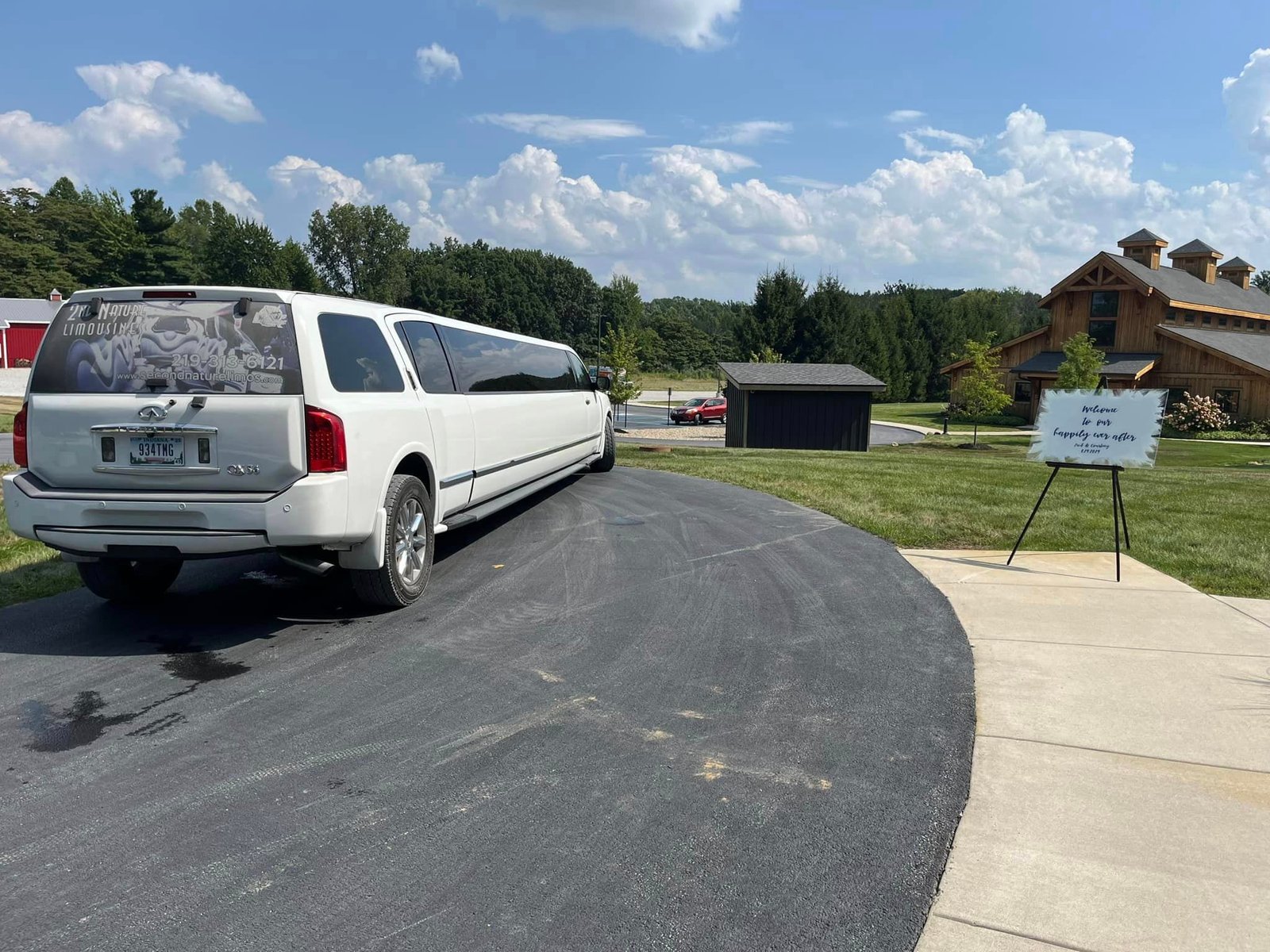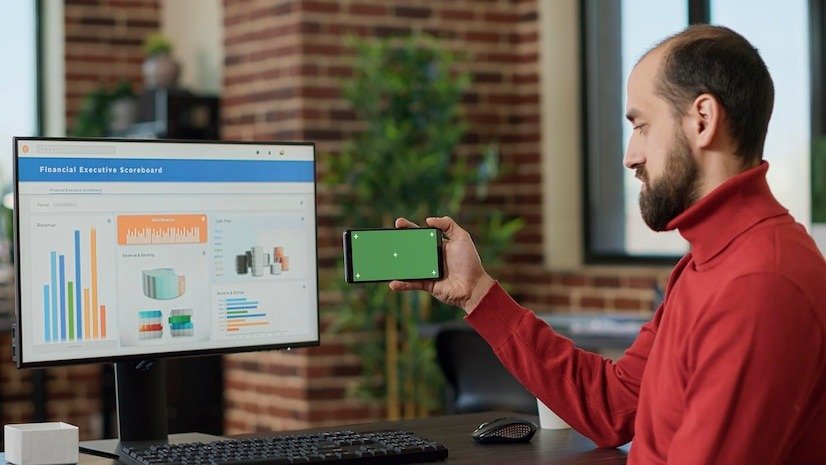When your car is declared totalled, the first thought that comes to mind is: what will happen to all the usable components that are still intact? Is it possible to salvage components from a totalled car, and how does it affect the formalities such as the notice of disposal?
In this blog, we’ll learn about whether it’s legally and practically possible to remove parts from a totalled car, the steps involved, and the implications on vehicle ownership and disposal.
Understanding What It Means for a Car to Be Totalled
A car is considered totalled when the cost to repair it exceeds a certain percentage of its market value, usually 50% to 70%, depending on the insurance policy. This typically happens after major accidents, severe natural disasters, or fires that cause extensive damage. Once the insurance company declares the vehicle a total loss, it’s important to know your options, including whether you can legally remove or salvage parts from the wreck.
Is It Legal to Remove Parts from a Totalled Car?
In several countries, including Australia, you can remove vehicle components from a totalled car, but there are some legal considerations involved. Before you rush to take out that perfectly running battery, alternator, or wheels, you need to know about the regulatory framework.
Vehicle Ownership
After the insurance company declares your vehicle as a total loss and compensates you for it, the ownership of the car mainly transfers to the insurer. In such cases, you lose the right to remove any parts from the vehicle, as it is no longer considered your property. However, if you decide not to claim the insurance or the ownership stays with you, you may have the right to salvage parts, given you comply with local regulations.
Notice of Disposal
When a vehicle has lost its roadworthiness or is sold as scrap, you need to submit a notice of disposal to your local road transport authorities. This notice notifies them that you no longer own the vehicle, thereby making sure that you’re not held liable for any future traffic violations or problems related to the car. If you intend to remove components before disposal, you must declare the condition of the vehicle in the notice of disposal, ensuring it complies with the standards set by the authorities.
Wrecking vs. Salvaging
Wrecking a vehicle for parts means tearing it apart to recover usable parts while salvaging refers to reclaiming select parts that still work. Both activities can affect the vehicle’s classification, and there may be special legal protocols you need to follow. For example, some states in Australia might need you to register the vehicle as a “write-off” before considering dismantling it.
Which Auto Parts Can You Salvage?
If you have legal permission to remove parts from your totalled car, few components are generally worth salvaging. These may include:
- Engine and Transmission: In several cases, even in a totalled vehicle, the engine and transmission can still be in working condition and can be reused or sold.
- Interior Components: Seats, steering wheels, dashboards, and other interior fittings are generally salvageable, mainly if the damage is only to the body of the car.
- Electronic Parts: Radios, GPS systems, sensors, and cameras are usually high-value parts that can be reused in other vehicles.
- Battery: Car batteries, mainly newer or high-performance ones, are all worth removing and reusing.
- Wheels and Tires: If the accident has damaged the wheels and tires, they could still have plenty of life left.
- Windows and Mirrors: If they are still undamaged, these components can be sold or reused.
Keep in mind that even though it may be attractive to pull out every usable part, some parts such as airbags may require professional removal to avoid any safety risks.
How Removing Parts Affects the Car’s Value
When you remove some valuable parts from a totalled car, its overall value decreases, too. This is crucial to keep in mind if you decide to sell the car to a scrap yard or a car removal service. Scrap yards mainly provide a price based on the weight of the car, and removing heavy parts such as the engine, transmission, or wheels could majorly reduce the offer you get.
Moreover, if you are considering selling the body of the car to a car removal service after salvaging parts, it’s necessary to disclose what has been removed. Transparency is key in the selling procedure. Failing to disclose that major parts have been stripped might result in penalties or the buyer backing out.
Conclusion
Removing car parts from a totalled car is possible, but it comes with a few legal, practical, and financial considerations as well. If you still own the vehicle and have the legal right to do so, salvaging parts can be a cost-effective option to make use of the wreck. However, don’t forget to submit a notice of disposal and adhere to all regulatory necessities. By following the right steps, you can safely and legally remove components while reducing waste and maximizing value.














